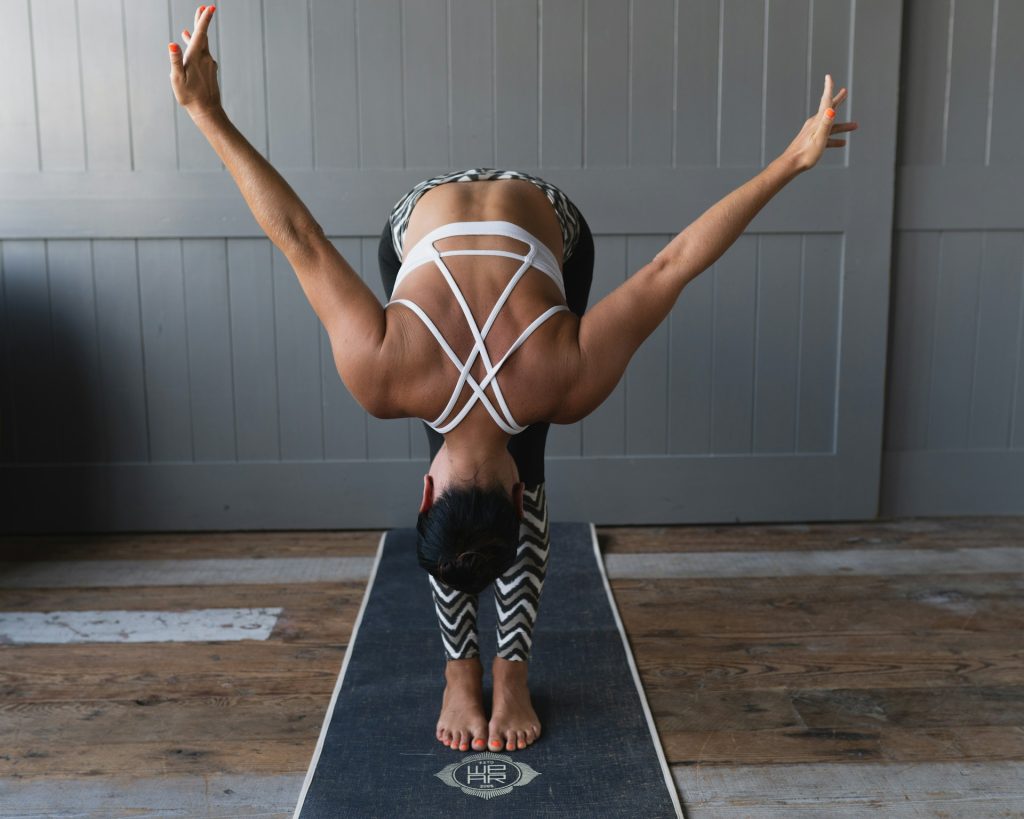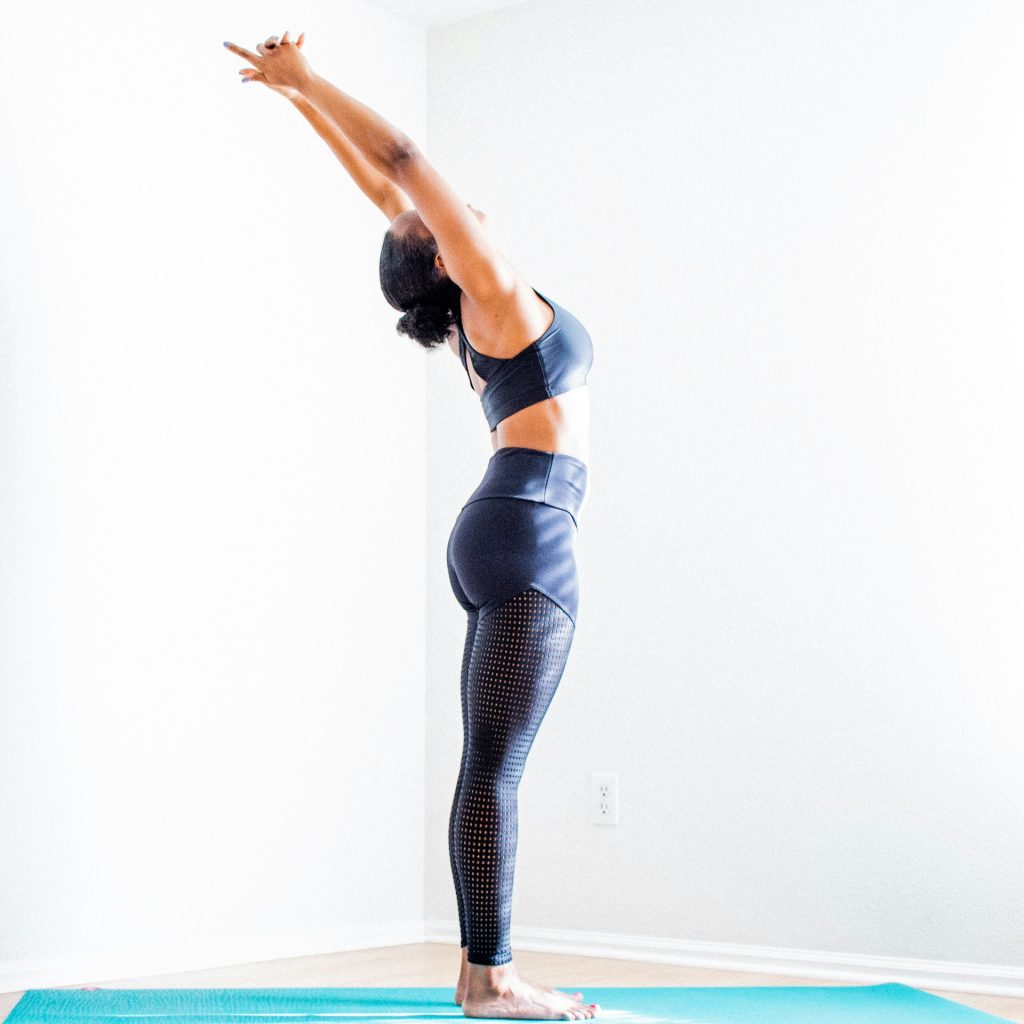Incorporating effective stretches and exercises to relieve the symptoms of shoulder pain is essential for maintaining shoulder health. Yoga poses, such as Child’s Pose and Downward Dog, are renowned for their ability to alleviate discomfort and promote flexibility. Engaging in a routine that includes stretches designed specifically for the shoulders can transform your mobility and provide significant relief.
Stretches that target shoulder pain and tightness can range from gentle to more intensive, depending on the individual’s condition and flexibility. It’s important to approach stretching with care, gradually easing into each movement to prevent further injury. The following guide outlines a series of stretches that have been carefully selected to help relieve shoulder pain and enhance the range of motion, ensuring you can move freely and comfortably in your everyday life.
Key Takeaways
● Shoulder pain can stem from various discomforts in the shoulder area
● Some stretches for shoulders include the doorway stretch, cat-cow pose, and child’s pose.
● Regular shoulder stretches can aid shoulder flexibility
Understanding Shoulder Anatomy and Pain
Shoulder tightness can be a sign of underlying issues within the complex shoulder anatomy. The joint’s mobility relies on a balance of strength and flexibility, and when tightness occurs, it can lead to discomfort and restricted movement. Recognizing the intricacies of the shoulder structure is vital for identifying the source of pain and applying the most effective stretches for relief.
Common Causes of Shoulder Discomfort
Shoulder discomfort can arise from various sources, including degenerative conditions like arthritis, chronic overuse from repetitive motions, or acute injuries from sudden forceful impacts. Proper shoulder movement depends on the coordinated action of supporting muscle groups, and a disruption in this harmony can lead to significant discomfort.
The Importance of Maintaining Shoulder Flexibility
Maintaining shoulder flexibility is crucial for preventing injuries and managing pain. The shoulder is a complex joint where bones such as the collarbone, upper arm bone, and shoulder blade meet, making it particularly susceptible to injury when muscles are tight. Regular stretching can keep these muscles pliable and protect the shoulder from damage.

The Top Shoulder Stretches for Alleviating Tightness
For those experiencing shoulder pain, a variety of stretches and yoga poses can offer significant relief. Stretches such as the Child’s Pose and Downward Dog are particularly beneficial for easing shoulder pain and tightness, promoting healing and flexibility.
1. Pendulum Stretch – A Gentle Way to Start
Begin with a gentle pendulum stretch to warm up the shoulder muscles. Lean over slightly, allowing one arm to hang down. Gently swing the arm in a small circular motion, gradually increasing the diameter as the muscles loosen. Roll your shoulders to enhance the effect, then switch arms and repeat the process to ensure both shoulders are equally prepared for more intense stretching.
2. Across-the-Chest Stretch – Easing the Tension
To ease tension in the shoulders, try the Across-the-Chest stretch. Extend one arm across the body and use the opposite hand to apply slight pressure, pulling the arm closer to the chest. Hold the position for about 30 seconds, ensuring a comfortable stretch is felt across the shoulder. Roll your shoulders gently before and after, performing the stretch 8 to 12 times for optimal results.
3. Doorway Shoulder Stretch – Opening Up
The Doorway Shoulder Stretch is an excellent way to open up tight shoulders. Stand in a doorway with arms on the frame at shoulder height, and gently lean forward until a stretch is felt in the chest and shoulders. Hold this position for up to 30 seconds, breathing deeply to enhance the stretch.
4. Eagle Arms Spinal Rolls – For a Deep Stretch
Eagle Arms Spinal Rolls provide a deep stretch for the shoulder muscles. Cross one arm over the other, intertwining the forearms and palms, if possible. Gently lift the elbows while dropping the shoulders to deepen the stretch. Roll your shoulders slowly to release tension and encourage spinal mobility.
5. Cow Face Pose – Improving Shoulder Rotation
The Cow Face Pose is an effective yoga pose for improving shoulder rotation. Reach one arm overhead and bend the elbow, attempting to touch the upper back, while bringing the other arm behind the back to meet the fingers of the upper hand. If the fingers don’t touch, using a strap can help. Gently rotate your arm to deepen the stretch and hold the position for several breaths.
6. Child’s Pose – A Restorative Stretch
Child’s Pose is a restorative yoga pose that helps relax the shoulders and the entire back. Kneel on the floor with knees apart, sit back on the heels, and fold forward to rest the forehead on the ground, extending the arms in front. The weight of the body encourages the shoulders to stretch and release any built-up tension.
7. Neck Release – To Complement Shoulder Stretches
The Neck Release is an ideal complement to shoulder stretches. Sit comfortably and gently tilt your head to one side, bringing your ear towards the shoulder. Hold this position for 10 seconds, feeling a stretch in the neck and the side of the shoulder. Repeat the stretch three times on each side for balanced relief.
8. Seated Twist – Engaging the Upper Body
The Seated Twist engages the upper body and helps stretch the shoulders. Sit with a straight spine, clasp your hands, and extend them forward at shoulder height. Slowly drop your chin toward your chest and twist gently from side to side, feeling the stretch across the shoulders and upper back. Repeat 2 to 4 times for maximum benefit.
9. Cat-Cow Pose – Flexibility for the Entire Spine
The Cat-Cow Pose increases flexibility throughout the spine and shoulders. Start on all fours, with wrists under shoulders and knees under hips. Inhale as you arch the spine downward, lifting the head and tailbone towards the ceiling for Cow Pose. Exhale and round the spine towards the ceiling, tucking the chin towards the chest for Cat Pose. Alternate between these positions to promote spinal mobility and relieve tension in the shoulders.
Stretching Safely: Tips and Techniques
Stretching safely is crucial to preventing injury and getting the most out of your shoulder stretches. Always start with a warm-up to prepare the muscles for stretching, and avoid bouncing or jerking movements. Instead, stretch gently and hold each position to allow the muscles to relax and extend. This approach helps to ensure a safe and effective stretching routine.
Benefits of Regular Shoulder Stretching
Engaging in regular shoulder stretching can significantly improve flexibility, range of motion, and posture. It also helps to reduce the risk of shoulder tightness and pain. By maintaining the elasticity of the shoulder muscles, one can enhance overall shoulder function and prevent injuries that may occur due to tightness or restricted movement.
How to Stretch Properly to Avoid Injury
To stretch properly and avoid injury, begin by tucking your chin and keeping your arms straight. When performing stretches that involve bending the arm at the elbow, use the opposite hand to support the elbow gently. Ensure your hips are facing forward to maintain proper alignment and focus on a smooth, steady stretch to engage the upper arm and shoulder without causing strain.

Beyond Stretching: Preventing Shoulder Pain
Preventing shoulder tightness is not limited to stretching alone. It’s important to integrate a variety of practices, including strengthening exercises and ergonomic adjustments, to support overall shoulder health. By addressing shoulder tightness proactively, one can mitigate discomfort and maintain an active, pain-free lifestyle.
Strengthening Exercises to Support Shoulder Health
Strengthening exercises are vital for robust shoulder health. Incorporating shoulder stretches with strengthening exercises ensures that the muscles around the shoulder are balanced and strong. Perform exercises like palm facing down arm raises to keep the arm straight and shoulder blades retracted. Additionally, doing 2 sets of movements with the elbows straight will help safeguard against common shoulder problems.
Lifestyle Adjustments for Shoulder Pain Prevention
Lifestyle adjustments, such as ergonomic workstations and taking breaks during extended periods of sitting, can significantly reduce the risk of shoulder pain. Consulting a physical therapist can provide personalized advice on exercises and adjustments tailored to individual needs, further aiding in the prevention of shoulder discomfort.
Embracing a Holistic Approach to Shoulder Health
A holistic approach to shoulder health involves a combination of stretching, strengthening, and lifestyle changes. This comprehensive strategy not only addresses immediate discomfort but also works to prevent future shoulder issues. By understanding the interconnectedness of various aspects of shoulder care, one can achieve long-term health and mobility.
Other Remedies and Therapies for Shoulder Issues
In addition to stretching, other therapies can offer relief for shoulder issues. Physical therapy exercises tailored to strengthen the shoulder joints can prevent future pain or stiffness. Hydrotherapy, using water resistance, can improve mobility without straining the shoulder. Acupuncture and massage therapy are alternative treatments that can help alleviate tension and promote healing. For chronic conditions, a medical professional may recommend corticosteroid injections to reduce inflammation. Incorporating these varied approaches can support shoulder health and complement your stretching routine.
Frequently Asked Questions
1. How often should I stretch my shoulders to see improvement?
For optimal results, aim to stretch your shoulders daily. Consistency is crucial for increasing flexibility and reducing tightness. However, listen to your body and adjust the frequency as needed.
2. Can stretching replace the need for medicine in treating shoulder pain?
While stretching can significantly reduce pain and improve mobility, it is not a direct substitute for medicine prescribed by a healthcare provider. It should be part of a comprehensive treatment plan that may include medication, especially for acute or severe pain.
Conclusion
Embarking on a journey toward shoulder relief involves incorporating consistent stretches and exercises into your routine. To lift your arms with ease and engage in everyday activities without discomfort, it’s essential to slowly release into each stretch with your palms facing the appropriate direction. By dedicating time each day to your shoulder health, you’ll find greater mobility and a significant reduction in discomfort. Remember, gradual progress is key to achieving long-term flexibility and pain relief.
Effective stretching has the power to transform your daily life by enhancing flexibility and range of motion. Taking deep breaths as you stretch not only helps in relaxation but also ensures that muscles receive the oxygen needed to function properly. With improved posture and less susceptibility to injuries, stretching can lead to a more active and pain-free lifestyle, allowing you to enjoy daily activities with greater ease and comfort.
